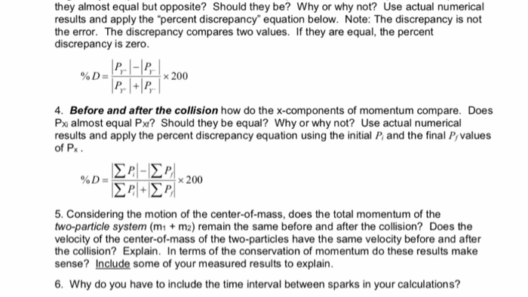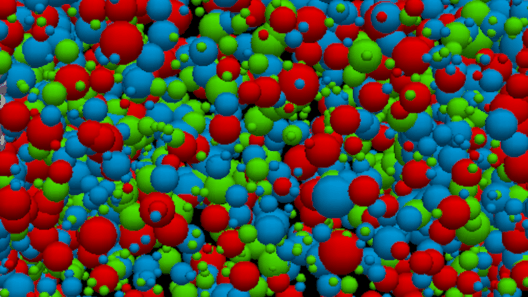The concept of work in the realm of physics is intrinsically linked to the conservation of energy, a principle that forms the backbone of numerous natural phenomena and technological advancements. At its core, work represents the transfer of energy through force applied over a distance. This idea invites an exploration into the intricate relationship between work and energy conservation and underlines the significance of these concepts in understanding the universe.
To delve deeper, it is essential to define what constitutes work in a scientific context. Work is calculated using the formula: W = F * d * cos(θ), where W is the work done, F is the magnitude of the force applied, d is the distance moved by the object in the direction of the force, and θ is the angle between the direction of the force and the direction of displacement. This equation encapsulates how energy is transferred when a force causes an object to move.
The beauty of the work-energy principle lies in its implication that energy cannot simply vanish; it transforms from one form to another while complying with the law of conservation of energy. This law posits that the total energy within a closed system remains constant, although it may change from kinetic to potential energy, or radiation to thermal energy, among other forms. When work is done on an object, energy is imparted to it, augmenting its total energy and enabling it to perform various tasks.
This intertwining of work and energy conservation not only aids in the comprehension of mechanical systems but also elucidates biological processes. For instance, consider the human body as it endeavors to perform a physical task. As muscles exert force to move an object, they are generating work. This process requires energy, which is sourced from metabolic pathways converting chemical energy stored in nutrients into usable energy forms for muscle contractions. Thus, the principle of work becomes a vital aspect in understanding human physiology and the energy expenses associated with physical activity.
Looking outward, the conservation of energy principle also provides insight into the mechanics of natural systems. An excellent example is the water cycle, where the sun’s energy drives the process of evaporation. When water evaporates, it absorbs energy, increasing its potential energy. As the vapor condenses into clouds and eventually precipitates back to the Earth, this stored energy is released, showcasing the cyclical nature of energy transformations. Work plays a crucial role in the movement of water and nutrients, indicating that energy conserved within an ecosystem promotes sustainability and interconnectivity among its inhabitants.
Moreover, understanding the role of work in energy conservation sheds light on the development of renewable energy technologies. As society strives to reduce its carbon footprint, innovations such as solar panels, wind turbines, and hydroelectric systems illustrate the application of these scientific principles. For instance, solar panels convert light energy from the sun into electrical energy, demonstrating the conversion of energy while embodying the foundational concepts of work and conservation. These advancements not only highlight the necessity of conservation practices but also emphasize the potential for harnessing natural energies in a sustainable manner.
Fascination with the conservation of energy and its relation to work is justified, given its relevance across various domains. In the world of engineering, for example, designers utilize these principles to create machines that maximize efficiency, reducing waste and enhancing performance. From automobiles to roller coasters, the consideration of work and energy informs the designs that propel human ingenuity forward.
The educational implications are also compelling. Students exploring physics concepts are often introduced to the work-energy theorem, which states that the work done on an object equals the change in its kinetic energy. This foundational knowledge allows learners to articulate how forces influence motion and energy transformations. Through experimentation, such as the classic demonstration of a pendulum, students can observe concepts like gravitational potential energy and kinetic energy in real time, solidifying their understanding of these complex ideas.
In addition to education and engineering, the philosophical ramifications of energy conservation invite contemplation. The notion that energy is neither created nor destroyed embodies a broader understanding of interconnectedness. It echoes through ecological and environmental considerations, reminding us of our planet’s finite resources. The careful balance of energy systems encourages stewardship as humanity aims to utilize but not deplete essential resources, fostering sustainability for future generations.
In conclusion, the intersection of work and the conservation of energy is a multidimensional topic rife with implications across various fields. The simple equations that govern these concepts belied the profound layers of complexity embedded in natural processes, human activities, and technological innovations. Understanding how work translates into energy transformations and remains conserved provides a lens through which to appreciate the delicate balance of our environment. By embracing these principles, society can cultivate a more informed approach to energy use, fostering a culture that respects and preserves the energy that sustains life on Earth.








